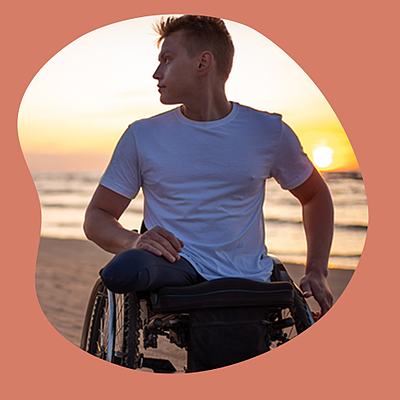
It is easy to initially confuse TMS with ECT because they both treat severe medication-resistant depression. However, when examining the two treatments, we see that they are in fact quite different treatment options.
ECT is performed in the hospital, often in the ER. Anesthesia is given, and a brief seizure is induced. Patients may suffer memory loss and are not permitted to drive themselves home after the treatment. Regular sessions of ECT for many months are often encouraged.
TMS, on the other hand, is a short, outpatient procedure with no side effects except mild scalp discomfort during treatment. TMS sessions are performed by technicians, with the psychiatrist present during the initial session. The patient is given a personalized protocol of rapid and repetitive magnetic pulses. These pulses “wake up” the brain that is underperforming when one is depressed. TMS is a 6 week commitment, meeting 5 days per week for 30 minutes each day. It is rare to have to come back for TMS a second time.
TMS treats locally — not systemically. This means that TMS is not a medicine in the traditional sense. It does not enter the bloodstream, and subsequently does not cause the side effects that are traditionally seen with antidepressants. TMS targets the exact areas in the brain that regulate mood. Magnetic pulses fire at a personalized protocol, and these pulses work to rewire the brain cells so that they communicate more effectively with one another. Both depression and anxiety symptoms will decrease.
Spring has almost sprung! It’s the perfect opportunity for a fresh start. Embrace the warmer weather and the changes this new season brings.


Little changes in your daily routine, habits, and mindset can be extremely beneficial to your mental health. Your brain releases oxytocin, endorphins, dopamine, and serotonin, A.K.A. the “happy” chemicals, when you exercise, perform self-care, meditate, complete a task, or engage with family and friends. Making time for these activities is a key component for a better mental state.

© 2025 Shoreline TMS | Privacy Policy